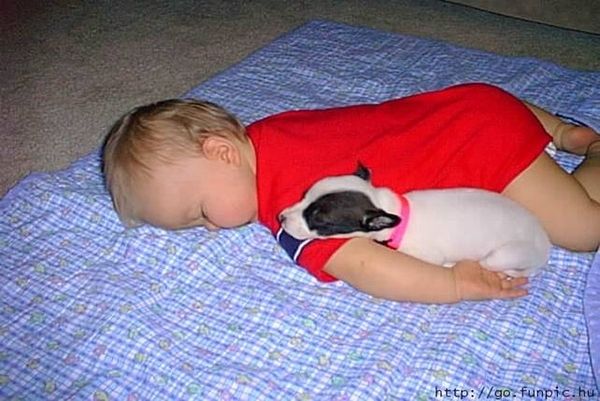By Rocky Williams
I'm currently serving time at the Fleabag Prison with two other feline felons, so I thought it might be fun to tell you a story from my ‘Verminator’ days. They’re just a memory for me now, because I'm under house arrest for ankle biting, toe nibbling, counter surfing and other unmentionable crimes. Hence, I have nothing
but time to tell a little cat-and-mouse tale. Steinbeck, eat your heart out!
Once upon a time, I had a job as
Chief Verminator of Rodent Valley, California. It was a wonderful place for felines, but not so much for humans since the mice, rats and gophers outnumbered them by the thousands. Catching a rodent was a daily event for me, but not because I took my job seriously. I mean really…what else did I have to do all day?
So one day I caught a rat and promptly took him inside so the Warden could see what a good job I was doing as Chief Verminator. I hoped she would reward me with some of that yummy
FELIDAE kibble I’m crazy for, but when I dropped him at her feet she screamed “Rocky, get that THING out of here!” Her lack of appreciation for my wonderful gift was appalling. I proceeded to play two-paw soccer with my rat, which I'd named Ben, but after awhile I lost interest in this little game and looked away.
Unfortunately, Ben seized the opportunity to make a run for it, and he got away from me! The Warden saw Ben scamper behind the stove. I pretended that I didn't see anything. Rat? What rat? Hmmm…I didn’t see a rat, did you? I nonchalantly licked my paws and sauntered away.
The warden, mouth agape, stared at my backside as I ambled out of the room. I think I heard her calling after me. She might have said something like, “Rocky, come back here and get that THING out from behind the stove.” But if she
had said that, what did she expect me to do? The space Ben crawled under is one inch at best, and I'm a big lad. I couldn't fit under there even I'd wanted to go after him, which I didn't.
I casually looked over my shoulder. The Warden was still staring at the stove and then back to me. I plopped myself on the couch, because I was overdue for a nap. The Warden was beside herself; she didn’t know what to do. I heard her talking on the phone, and she mentioned she had a mouse living behind the stove. Hahaha! Evidently, she didn’t notice that this ‘mouse’ had an 8” tale!
As if her mistaking a rat for a mouse wasn't funny enough, the next day the Warden found out Ben had taken up residence under the kitchen sink. He was building a little nest out of rags and making himself right at home. The Warden is such a softy when it comes to animals, and I suppose she thought Ben was hungry because she left him some peanut butter on a cracker. The next day, it was gone so apparently Ben liked his snack.
Days went by. The Warden was trying to figure out what to do about the mouse. A friend said they had a humane trap she could borrow. Hooray – Ben is saved! Oops, false alarm; they couldn't find it. The Warden looked for a humane trap at every town within flying distance on her broom, but she couldn't find one.
After a few weeks of Ben gorging himself on PB & C and leaving little droppings behind (his way of saying thanks, I'm sure), the Warden finally broke down and bought a regular mouse trap. She baited it with Ben's usual snack and waited. For three days, she checked the trap and breathed a sigh of relief that the cracker sat untouched. She really didn’t want to hurt Ben, but didn’t know what else to do.
On the fourth day, the Warden’s friend found her humane trap after all. Oh joy! The Warden skipped happily into the house and told me that Ben was finally saved. She opened the cupboard door and there lay Ben, stiffer than a board, cracker crumbs still on his little mouth. The Warden was very sad, even when she discovered that her ‘pet mouse’ was actually a rat. Me? Not so much. I’m a cat after all, and I took my job as
Chief Verminator very seriously. Well, not really. I worked solely for the great benefits, aka, the endless bowl of
FELIDAE cat food and the nightly
Tidnips™ treats. Now THAT is what matters most to a cat!
~ The End ~
Photo by Denis DefreyneRead more articles by
Rocky Williams
 Saturday Pet Blog Hop
Saturday Pet Blog Hop

































